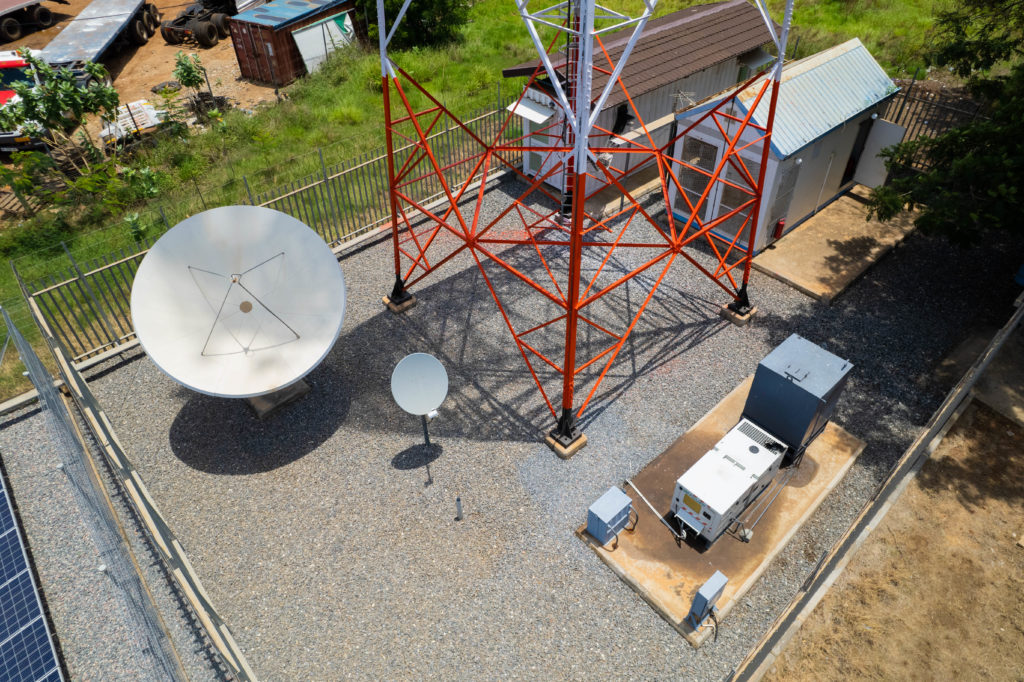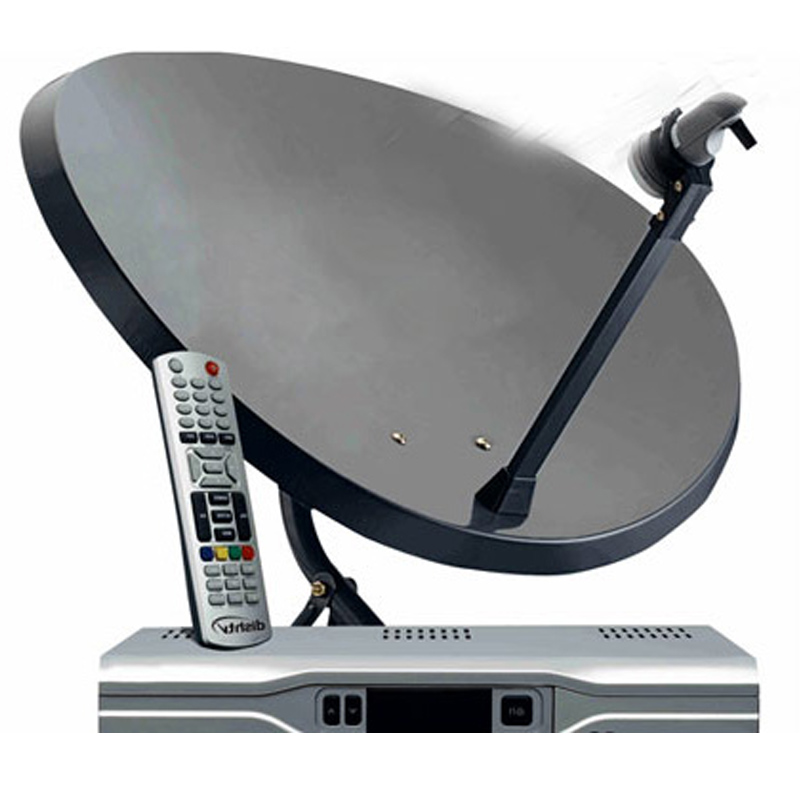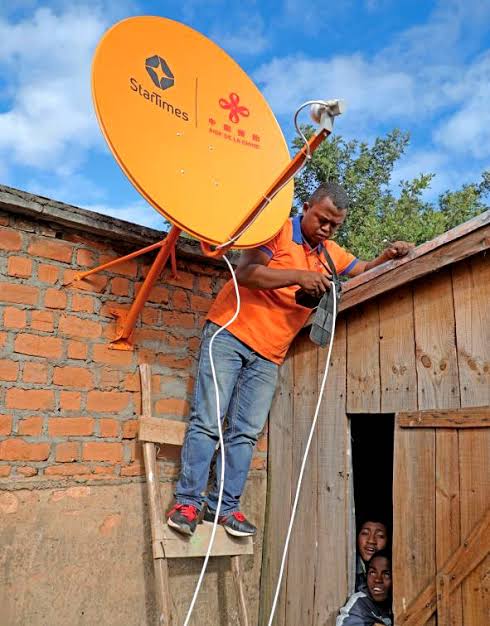As internet-driven streaming services surge across the globe, Africa is experiencing its own entertainment metamorphosis. Cities like Lagos and Nairobi buzz with fiber-optic rollouts and mobile broadband expansion. Still, Direct‑to‑Home (DTH) satellite TV remains central to millions of homes across the continent. Far from an outdated technology, DTH continues to hold its ground—especially in regions where broadband coverage remains shallow or costly.
Table of Contents
A Renewed Look at DTH’s Unparalleled Reach
Wide-Ranging Accessibility
Africa’s geography—its vast rural expanses, jungles, mountains, and remote villages—poses persistent connectivity challenges. While broadband infrastructure steadily improves, pockets of the continent still endure long waits for reliable internet access. Here, DTH satellite remains unmatched in its ability to beam high-quality content directly into homes, bypassing the need for extensive ground-based infrastructure.
Satellite platforms can seamlessly deliver via geostationary satellites like those used by MultiChoice’s DStv—now available in over 50 countries—and China’s StarTimes. Meanwhile, emerging low-Earth orbit (LEO) constellations like Starlink are beginning to attract attention, though traditional DTH keeps a firm grip on broadcast TV.

Critical Infrastructure Gaps
Even today, numerous African regions remain without reliable mobile broadband. For instance, in Côte d’Ivoire some 28% of citizens lack access to mobile broadband, and in Ethiopia nearly 17 million people remain offline. In such environments, DTH offers free-to-air and pay-TV options that are both stable and relatively affordable—proving that satellite’s ubiquity remains relevant in the streaming age.
DTH Versus OTT and DTT: A Balanced Media Landscape
Satellite vs. Streaming (OTT)
While streaming services like Netflix and Showmax have entered key African markets, they’re largely limited to urban centers with solid broadband. Even in South Africa, where internet coverage is stronger, only a subset of consumers pays for high-speed access—leaving core DTH offerings intact.
Satellite vs. Digital Terrestrial Television (DTT)
DTT has gained traction in countries like Kenya and Nigeria, offering cost-effective alternatives to satellite. But it’s not universal. DTH dominates South African households, holding about 75% of pay-TV market share, while DTT’s adoption varies widely . For many viewers, satellite still represents the most reliable, scalable option.
Multichoice, StarTimes & Zuku: Satellite Industry Leaders
Multichoice’s DStv
Established in 1995 and serving over 50 countries, DStv remains Africa’s pay-TV titan. Despite economic pressures causing subscriber decline in some markets (e.g., Nigeria), its hybrid model—including internet-based Showmax—is helping to mitigate losses.
StarTimes Expands Budgets
Recently hitting around 13 million DVB users and 20 million OTT consumers, StarTimes has extended its satellite and terrestrial reach via dual-mode decoders. They’re also rolling out solar-powered “satellite villages” to reach underserved communities. This innovative combo approach keeps StarTimes competitive.
Zuku and Multiplay Packages
Kenyan-based Zuku combines satellite pay-TV with fiber-optic internet in bundled “triple play” packages. With strong ambitions, they’re aiming to deepen rural market penetration by reducing installation costs and integrating solar solutions .

Innovations and Evolution in DTH
Enhanced Analytics & Targeted Advertising
Satellite platforms are integrating modern features like dynamic ad insertion and audience analytics—tools once exclusive to internet broadcasting. This enables broadcasters to offer tailored content and monetization strategies in local markets.
Broader Connectivity with Hybrid Models
LEO and geostationary satellite systems are converging. Providers like Inmarsat and Intelsat offer hybrid services combining GEO and LEO beams to serve areas lacking terrestrial networks. These models support both media delivery and remote internet access.
Supporting Social Needs
Satellite access fosters more than entertainment—it underpins education, healthcare, and financial services. Rural clinics rely on satellite internet for telehealth; farmers benefit from satellite weather alerts and agri-tech; and students connect to online classes that would otherwise be inaccessible .
The Social Impact of Satellite Broadcast
Education and Telehealth
From Ghana’s Joy Learning Channel to Kenya’s iMlango program using Avanti satellite broadband, DTH is vital in educational delivery where schools lack internet. Telemedicine also thrives on satellite networks, especially in areas spotlighted in the Covid‑19 response.
Agriculture and Rural Empowerment
Satellites help farmers access crop, weather, and market information—key tools for improving yields and resilience. For instance, satellite data tracking locust swarms and climate trends directly supports food security efforts across Africa .
Closing the Digital Divide
Satellite broadband helps bridge connectivity divides: between rural and urban, online and offline. As broadband prices remain high—currently defined as 1 GB costing more than 2% of monthly income in many African countries—satellite access offers an affordable bridge until ground networks catch up.
Challenges Facing DTH Today
High Bandwidth Costs
Satellite operators face steep bandwidth and orbital costs. Pricing pressures from terrestrial and OTT alternatives make satellite economics tighter.
Piracy and Regulation
Signal piracy undermines revenue, and navigating national broadcast regulations adds complexity.
Local Content Monetization
While urban markets are willing to pay for curated content, monetizing in rural areas remains difficult. However, targeted ad models and bundled packages are slowly closing the gap.

Looking Ahead: The Future Role of Satellite
Complementing, Not Competing
Satellite isn’t vanishing—it’s pivoting. Providers are evolving DTH into hybrid offerings, blending broadcast with broadband-enabled features.
Focus on Hybrid Integration
By including streaming apps and catch-up services on satellite decoders, platforms like MultiChoice and Zuku are catering to modern viewer demands while keeping satellite at the center.
New Revenue Streams
Dynamic advertising, data insights, and customizable bundles are unlocking monetization opportunities across urban and rural markets. As DTH platforms integrate data analytics and programmatic capabilities, they’re building a future-focused, revenue-rich ecosystem.
Conclusion: A Vital, Evolving Medium
Direct‑to‑Home satellite remains a potent force in Africa’s media landscape. It delivers unmatched reach, essential social services, and evolving entertainment experiences. As internet penetration grows, satellite adapts—hybridizing, modernizing, and refining its value.
Far from becoming obsolete, Direct‑to‑Home Satellite Africa is reimagining itself—not just as a broadcast platform, but as a foundational pillar for Africa’s digital future.
Join our WhatsApp community
Join Our Social Media Channels:
WhatsApp: NaijaEyes
Facebook: NaijaEyes
Twitter: NaijaEyes
Instagram: NaijaEyes
TikTok: NaijaEyes














![Mr Macaroni Drops Blistering Remark: ‘APC Filled with Most Corrupt People’ as He Slams Tinubu’s Controversial Pardon for Criminals=]] Mr Macaroni](https://naijaeyesblog.com/wp-content/uploads/2025/03/Mr-Macaroni-1-1-180x135.avif)

![Chaos Erupts in Abuja Hotel as BBNaija Star Phyna Sparks Fierce Scene Over Alleged N200,000 Dispute [VIDEO] Phyna](https://naijaeyesblog.com/wp-content/uploads/2024/11/A-Picture-of-Phyna-BBNaija-180x135.jpg)























